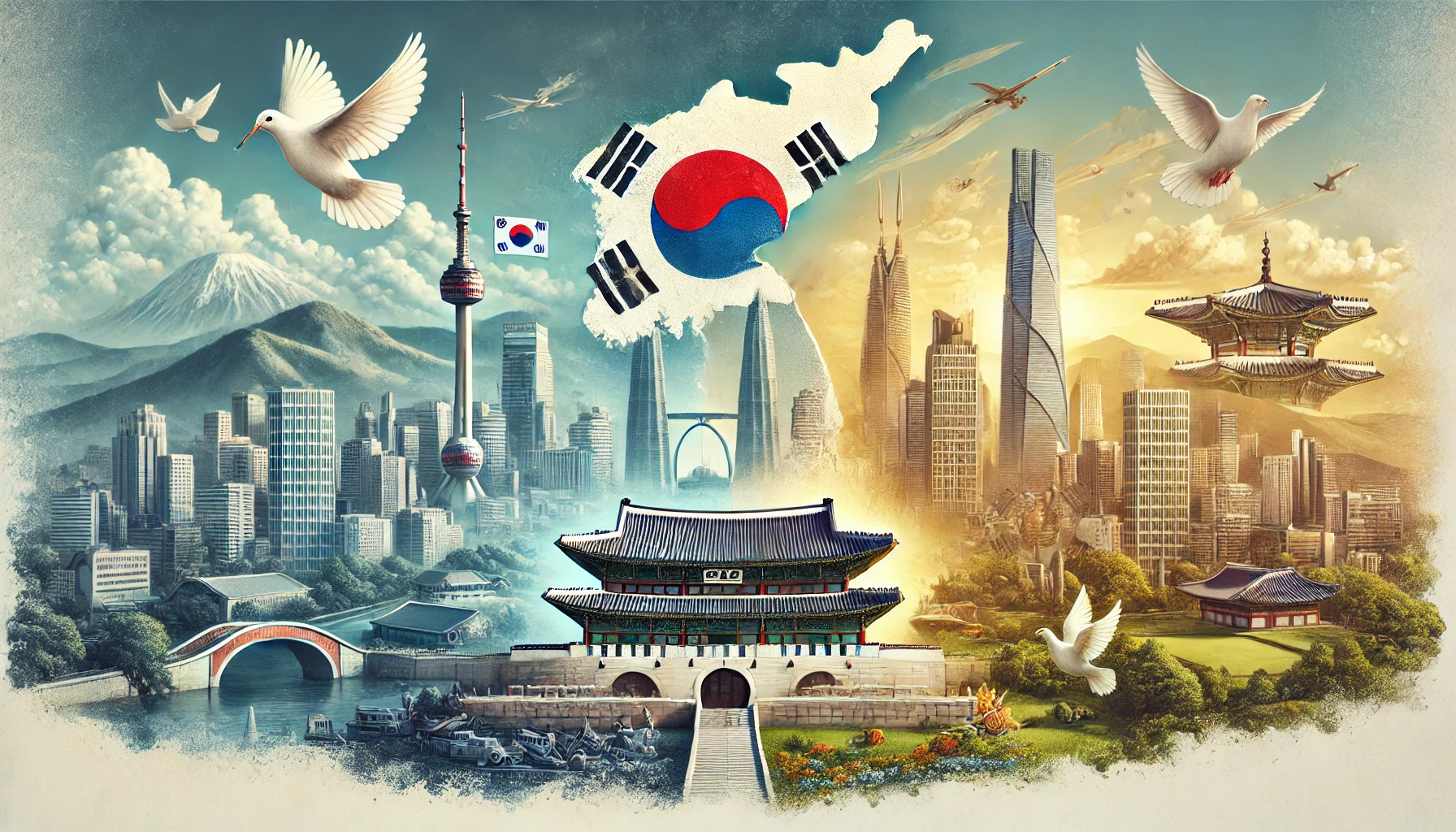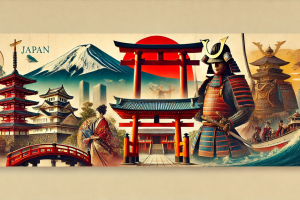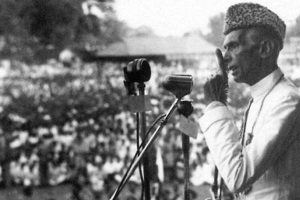From Occupation to Independence: The Turbulent History of 20th Century Korea
The history of South Korea is marked by resilience, determination, and a fight for sovereignty. From the Japanese occupation of Korea to the Korean War, and the subsequent development of modern South Korea, the 20th century was one of the most significant periods in the country’s history. In this blog post, we will explore the Korean independence movement, the struggles faced during the Japanese occupation, and the complex road to Korean reunification.
The Japanese Occupation of Korea (1910-1945)
The Japanese occupation of Korea began in 1910 when Korea was formally annexed by Japan. This period, lasting until the end of World War II in 1945, was one of harsh rule, during which Korean culture, language, and identity were systematically suppressed. The Japanese sought to assimilate Koreans into the Japanese Empire, banning the use of the Korean language in schools and public spaces. Koreans were forced to adopt Japanese names, and many historical sites were destroyed.
Despite these efforts, Korean nationalism persisted. Secret societies, such as the Korean Provisional Government, operated in exile, most notably in Shanghai, China. These groups became key players in the Korean independence movement, working tirelessly to end Japanese rule. The movement saw many uprisings, with one of the most notable being the March 1st Movement in 1919. Sparked by the death of the Korean Emperor Gojong, this non-violent protest demanded independence, and though it was brutally suppressed by Japanese forces, it galvanized the global Korean community.
For more on this period, including educational resources, you can explore Regent Studies.
The Korean Independence Movement
Throughout the Japanese occupation of Korea, Koreans never ceased in their fight for independence. The Korean independence movement was driven by both domestic resistance and international efforts. The aforementioned March 1st Movement inspired similar protests across the country, and the sacrifices made by Korean activists were instrumental in keeping the independence movement alive.
Key figures, such as Syngman Rhee, who later became South Korea’s first president, and Kim Gu, the leader of the Korean Provisional Government, were crucial in gathering international support. They lobbied for recognition and aid from Western nations, particularly the United States, which would later play a significant role in post-war Korea.
One of the most remarkable aspects of the Korean independence movement was the involvement of women. Figures like Yu Gwan-sun, who was imprisoned and eventually martyred for her role in the March 1st Movement, symbolize the fierce resistance of Korean women against colonial rule. Her legacy continues to inspire many Koreans today.
The End of Japanese Rule and Division of Korea
The Japanese occupation of Korea ended with Japan’s defeat in World War II in 1945. Korea’s liberation, however, quickly led to a new struggle—the division of the Korean Peninsula. Following Japan’s surrender, the United States and the Soviet Union agreed to temporarily divide Korea along the 38th parallel. The North came under Soviet influence, while the South was placed under American control.
Tensions between the North and South escalated as both sides sought to reunify the peninsula under their respective political ideologies. In the North, Kim Il-sung, supported by the Soviets, established a communist regime, while in the South, Syngman Rhee led the establishment of a capitalist state. This political division set the stage for the Korean War.
The Korean War (1950-1953)
The Korean War broke out on June 25, 1950, when North Korean forces, backed by China and the Soviet Union, launched a surprise attack on South Korea. The war was a critical moment in South Korea’s modern history, and it remains one of the most devastating conflicts of the 20th century. Over three million Koreans died, and much of the peninsula was left in ruins.
The United Nations, led by the United States, intervened on behalf of South Korea, while North Korea received aid from China and the Soviet Union. The war lasted three years and ended in a stalemate, with an armistice signed on July 27, 1953. Despite the ceasefire, no formal peace treaty was ever signed, meaning that the Korean Peninsula remains technically at war.
The war solidified the division between North and South Korea, with the Demilitarized Zone (DMZ) still serving as a heavily fortified border. The conflict also marked the beginning of a significant U.S. military presence in South Korea, a presence that continues to influence South Korean politics and security.
The Road to Modern South Korea
Following the Korean War, South Korea embarked on a journey of rapid development and democratization. Under the leadership of Syngman Rhee, South Korea initially struggled with corruption and political instability. Rhee was eventually ousted in 1960, leading to a period of military rule under Park Chung-hee, who took power in a coup in 1961. Park’s regime, though authoritarian, is credited with spearheading South Korea’s economic transformation. Through industrialization and the development of key industries like shipbuilding and electronics, South Korea became one of the fastest-growing economies in the world, leading to what is now called the “Miracle on the Han River.”
The transition to democracy in South Korea came gradually. After Park’s assassination in 1979, the country went through a series of military regimes, culminating in the 1987 June Democratic Uprising, which led to the adoption of a new constitution and the establishment of a democratic government.
South Korea’s journey from war-torn nation to global economic powerhouse is one of the most remarkable stories in modern history. Today, South Korea is not only known for its economy but also for its rich culture, technology, and influence on global entertainment through K-pop and K-dramas.
The Path to Korean Reunification
Despite South Korea’s successes, the dream of a unified Korea remains unrealized. The issue of Korean reunification is a complex and sensitive one, shaped by decades of political tension, cultural differences, and economic disparities between the North and South.
Efforts for reunification have been ongoing, with several key moments, such as the Sunshine Policy in the late 1990s, aimed at improving relations between the two Koreas. However, challenges remain, particularly due to North Korea’s pursuit of nuclear weapons and the global sanctions imposed on the regime.
Many South Koreans are hopeful that reunification could one day happen, but it will require significant diplomatic efforts and trust-building on both sides. The history of South Korea is intertwined with the fate of the entire peninsula, and as the country continues to evolve, so too does the question of what a unified Korea could look like.
The history of South Korea is deeply connected to its experience under the Japanese occupation of Korea, the fight for independence, and the subsequent division of the Korean Peninsula. The Korean War and the long struggle for reunification have shaped the country’s modern identity. As South Korea continues to grow and influence the global stage, its complex history remains a key part of understanding where it is headed. For more in-depth information and educational materials on Korean history, visit Regent Studies.
The journey of South Korea’s modern history offers hope that even through immense challenges, a nation can rise and thrive. The question of Korean reunification may still be unanswered, but the resilience of the Korean people ensures that it remains a topic of global importance.




